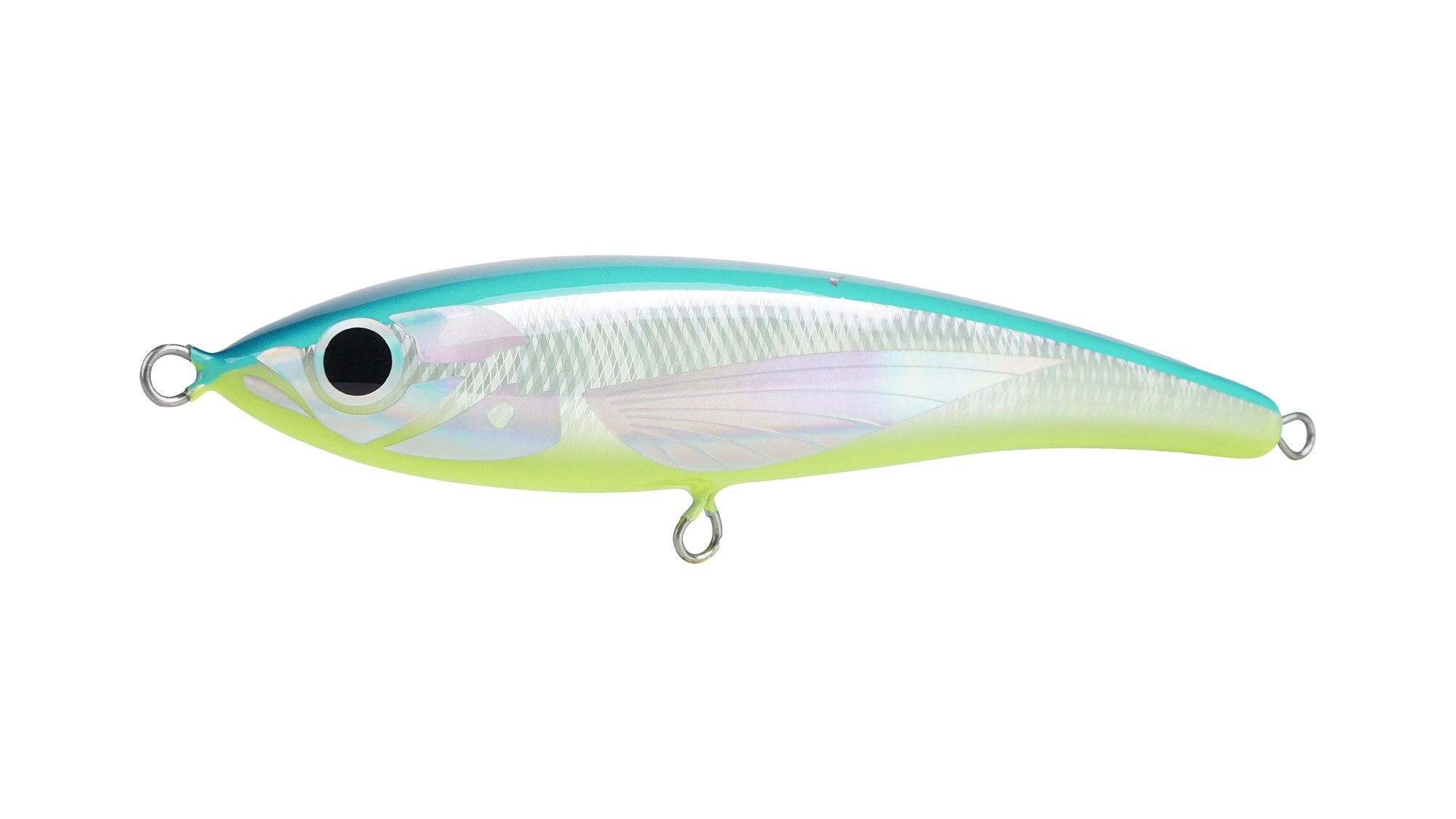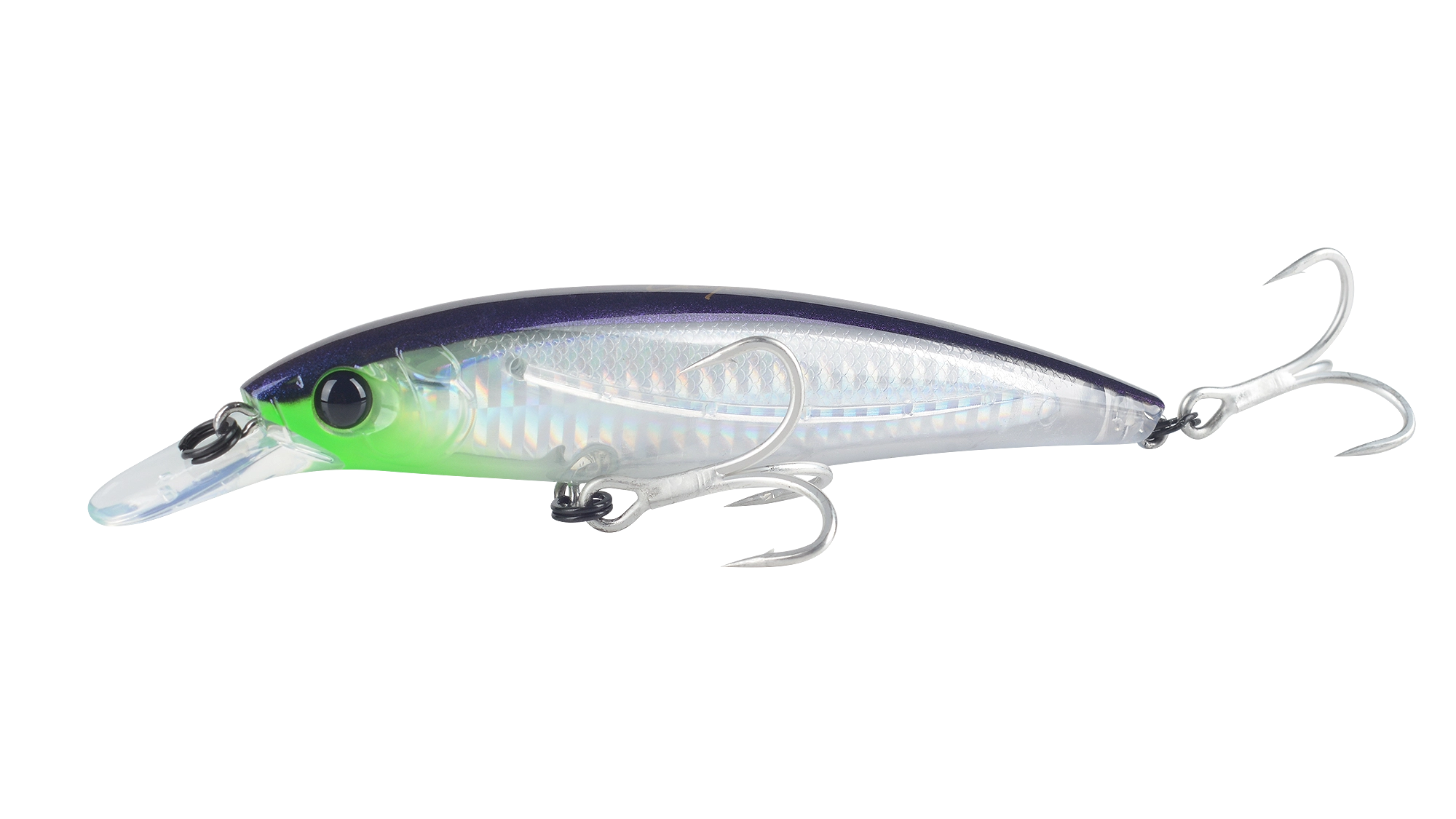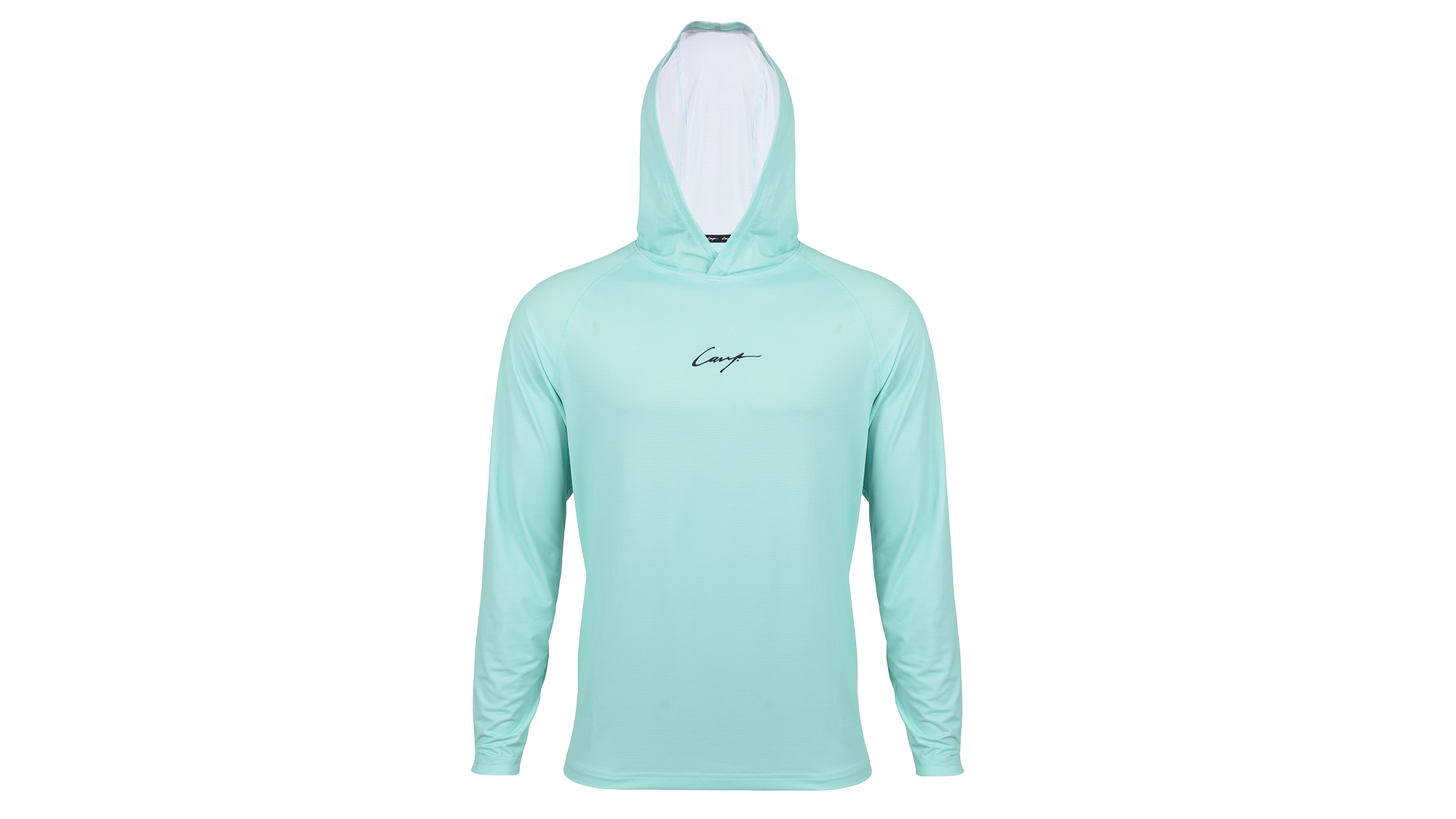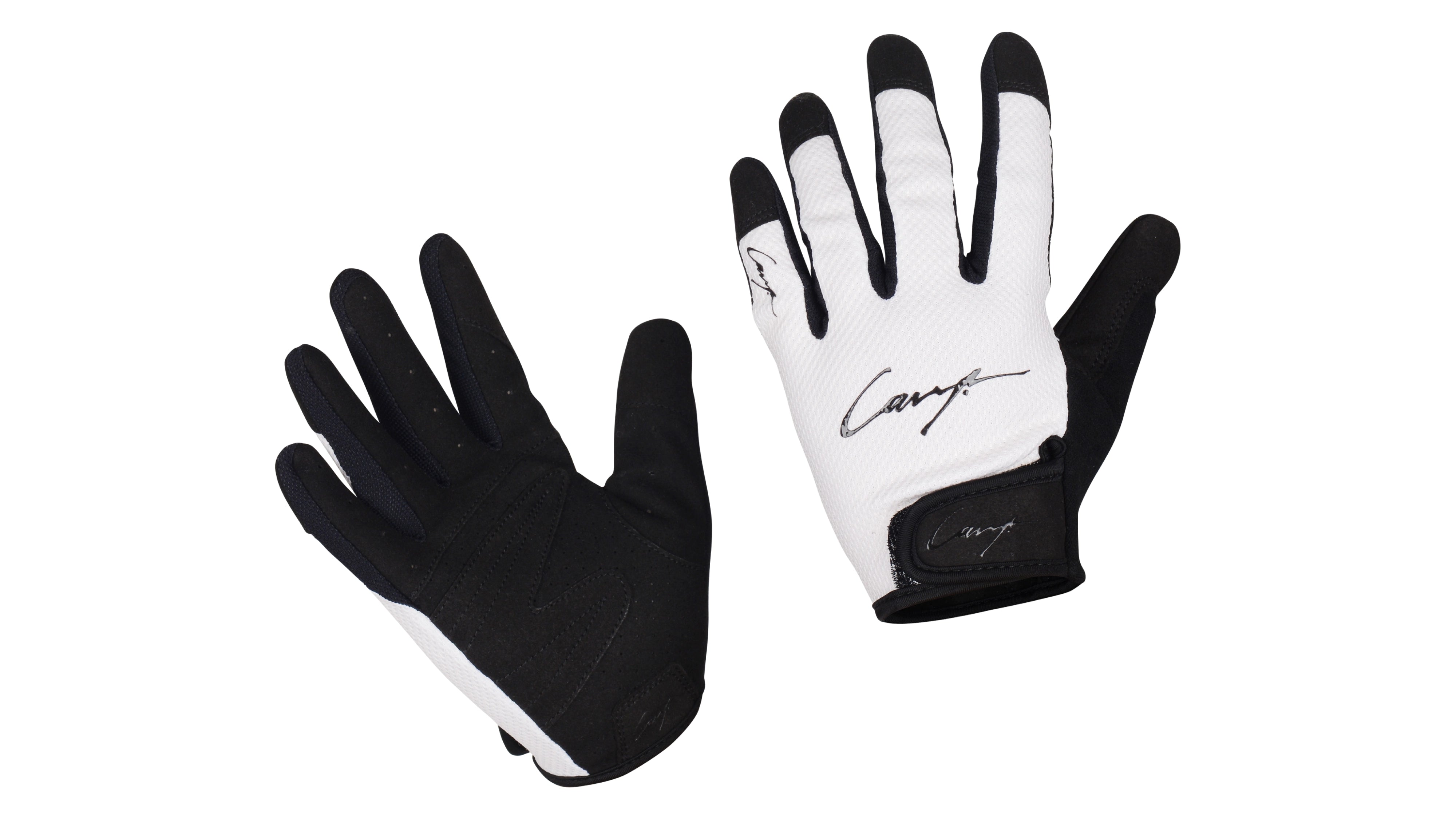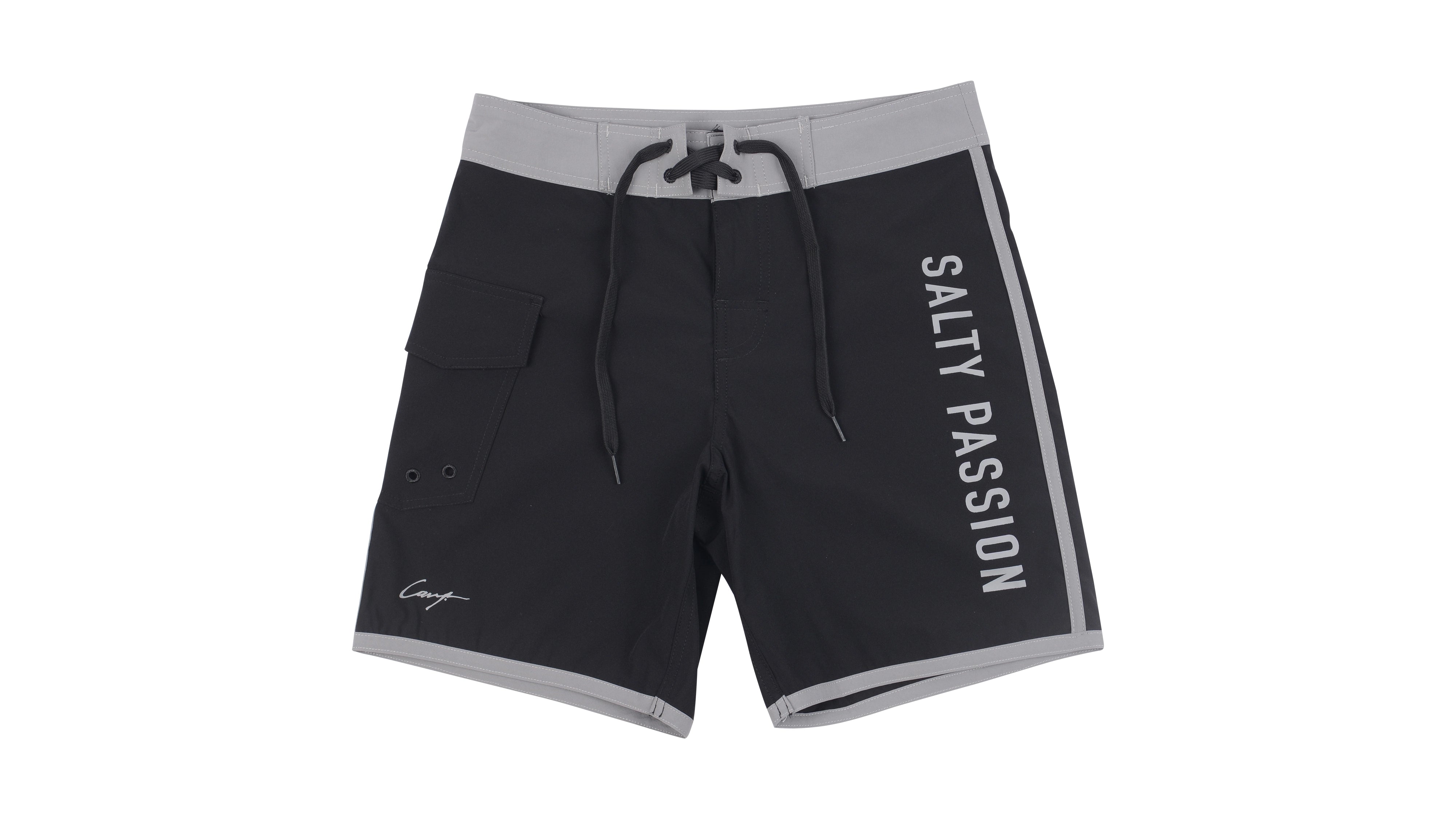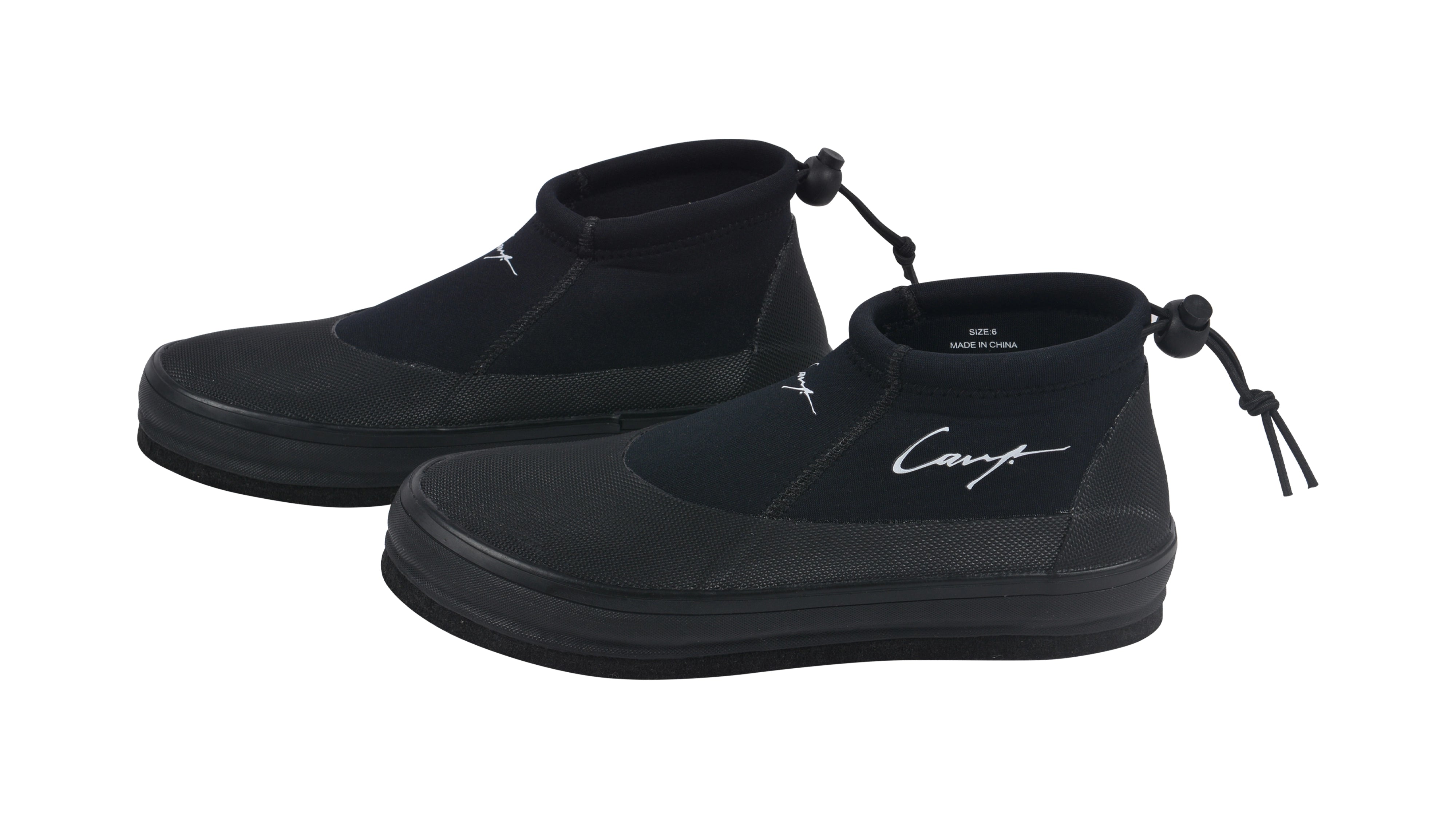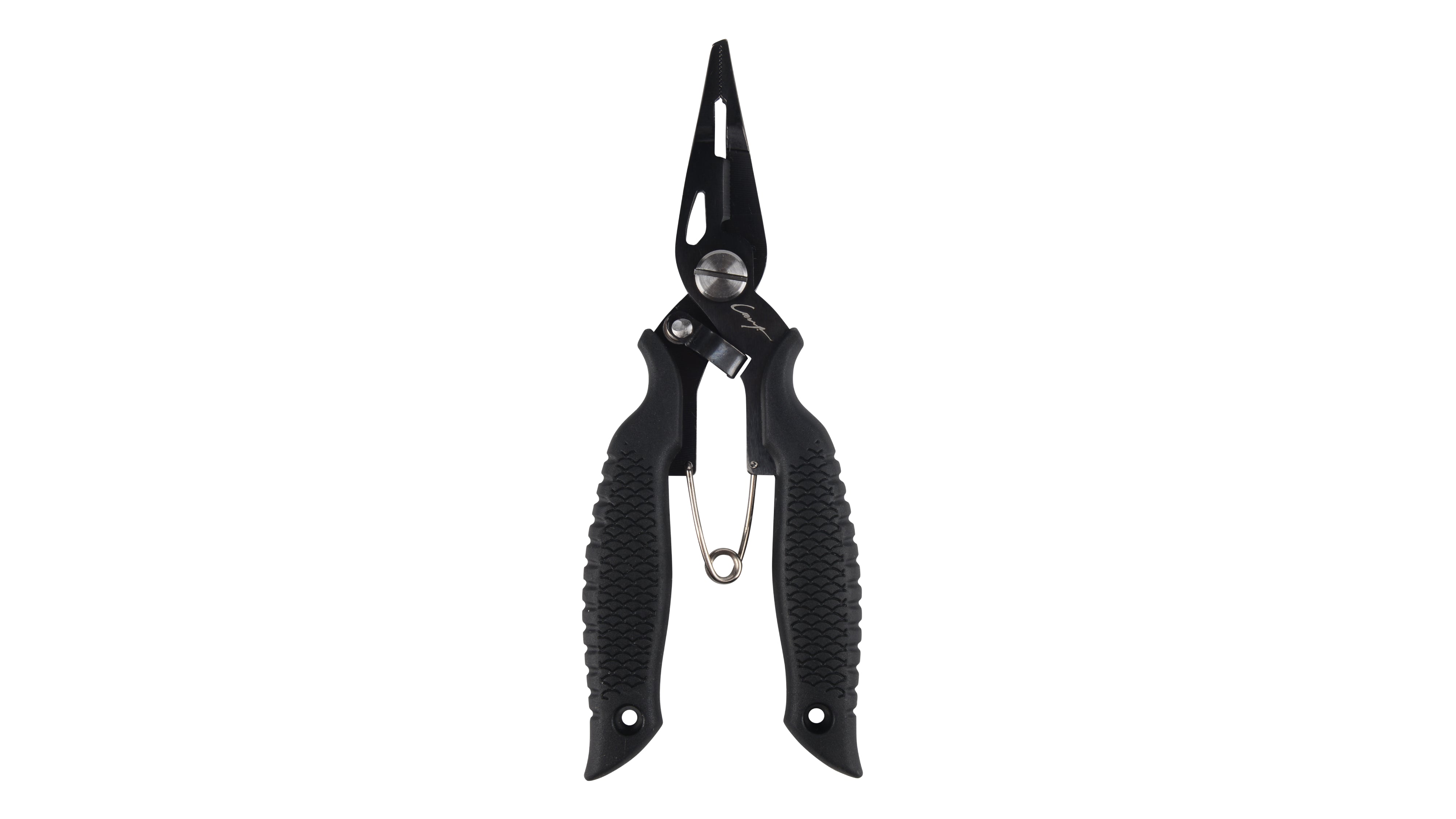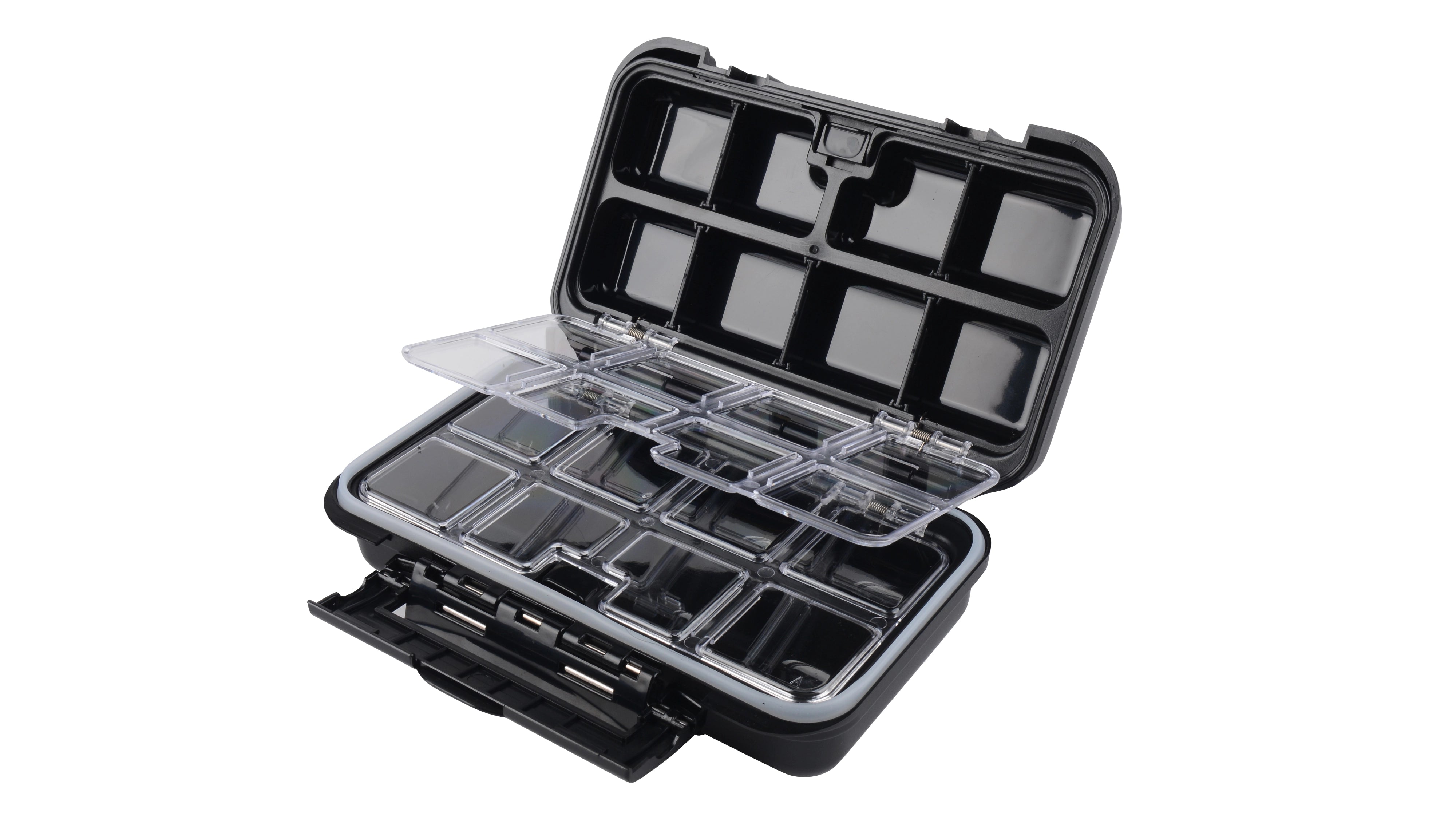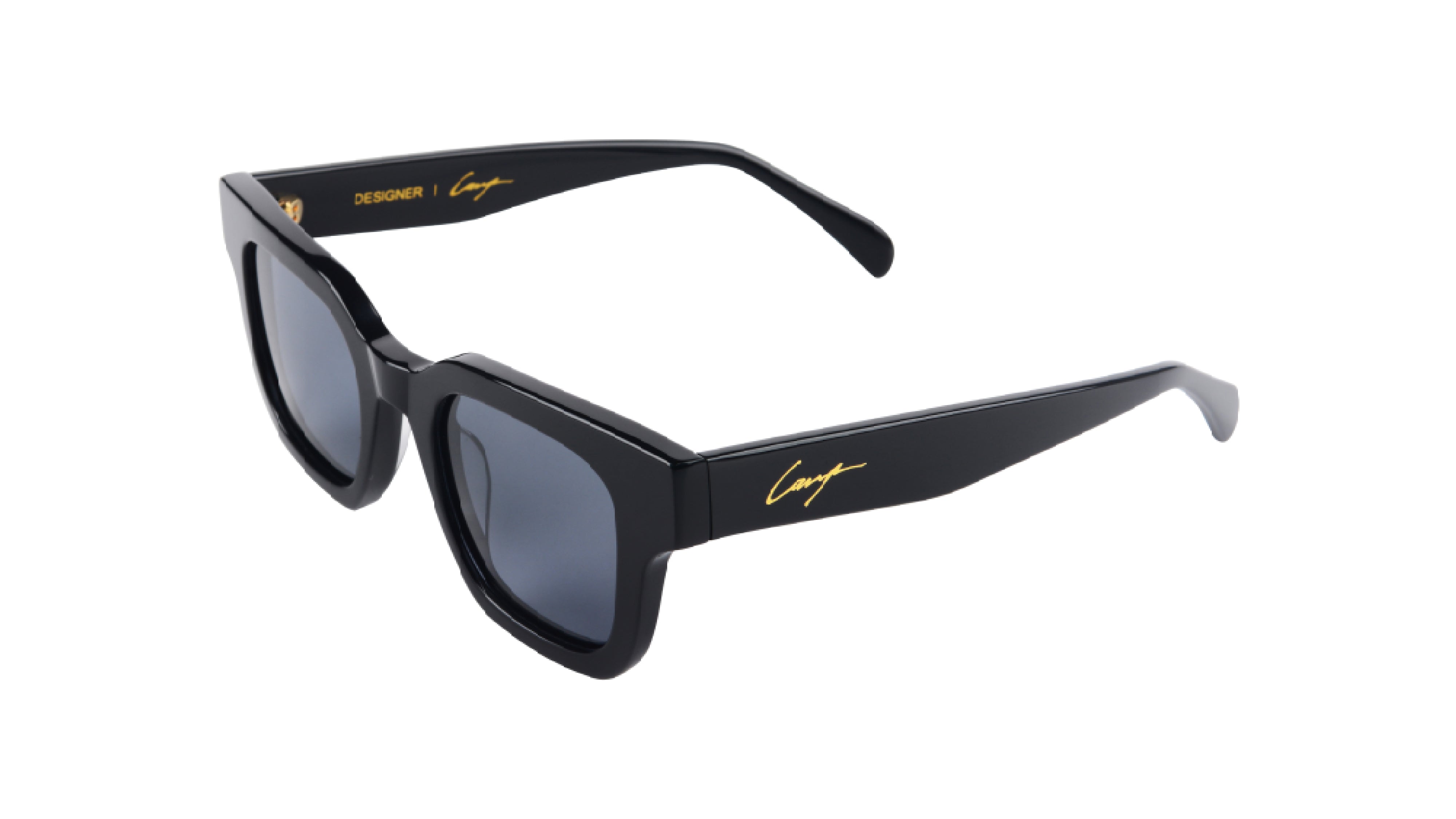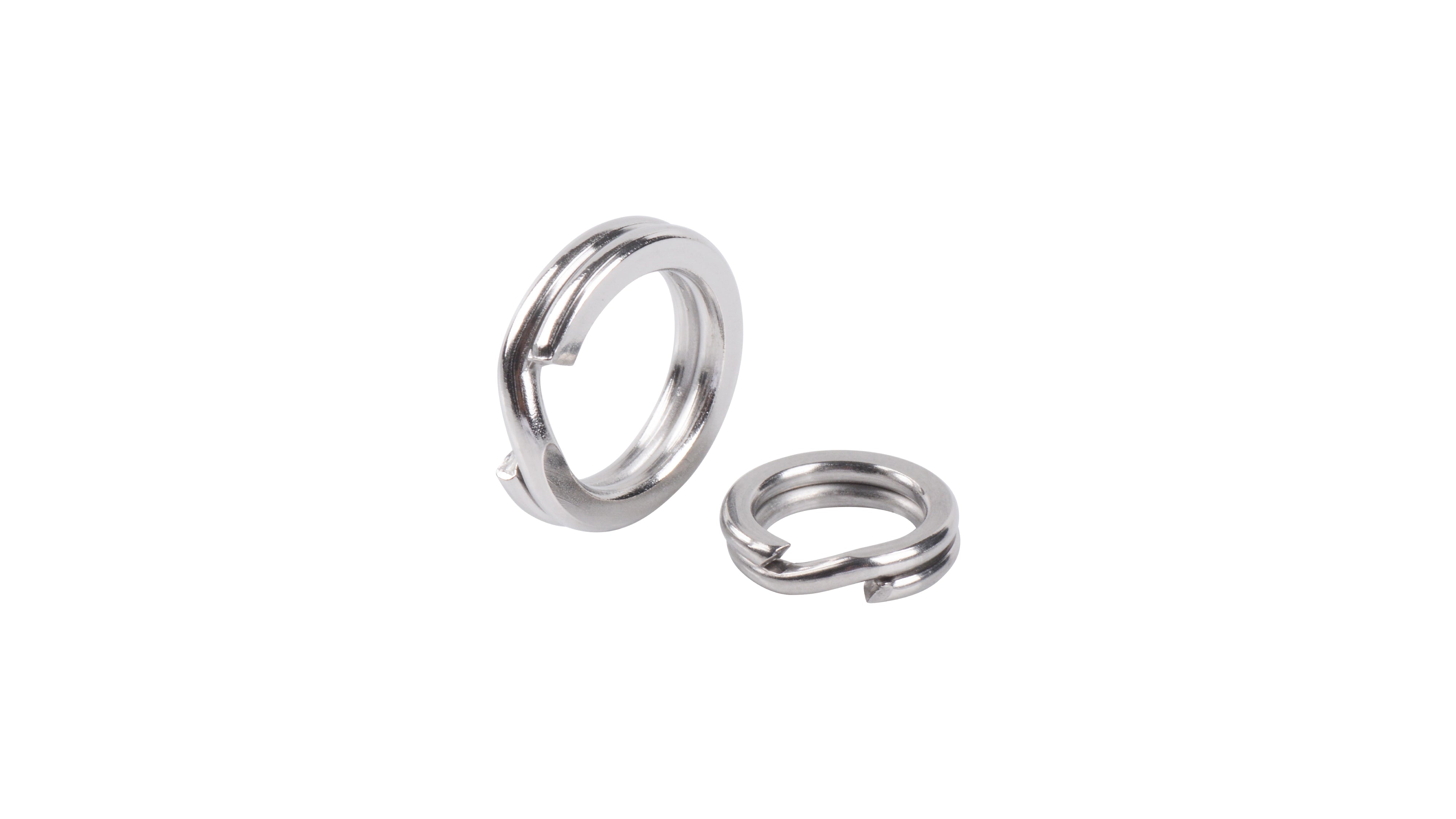How I Choose the Best Land-Based Fishing Spots
Most fisherman would agree that choosing the right fishing spot is the a key part of every successful fishing trip. I like to fish mostly in tropical waters as they offer a huge variety of species with some of the world’s most diverse and exciting fishing opportunities, particularly for Giant Trevally. GT are one of the most powerful and sought-after species for sport fishing, perfect fish for catch and release. Here’s how I go about selecting the best spots for land-based fishing in specifically in tropical waterways!
1. Target Species and Water Temperatures Example!
Giant Trevally (GT) are probably my main target species, and they thrive in warm, nutrient-rich tropical waters. They’re found in coastal areas near reefs, drop-offs, and tidal flats—places where they can ambush prey and often patrolling shallow rocky shore lines - You can catch huge GT's in very shallow water! Which is why they are one of the best sport fish in the world.
Giant Trevally definitely prefer water temperatures between 24°C and 30°C, so when I’m scouting fishing spots, I keep an eye on the local water temp charts and also weather conditions to ensure the temp will be in this range ideally! That said they can still be caught in waters probably as low as 22°C but this can be very very slow fishing! Any temperature below 22°C then you wasting time - this is why you need to research the fish you want to target and gain knowledge of what is the preferred water temperature for these fish, i believe this is the single most important tip!
Every fish will have it's prefered living and hunting water temperature.
2. Water Currents & Ocean Depths
Strong tidal currents are essential when targeting GTs. These currents push baitfish close to shore, making them an easy target for predatory species. GTs love to hunt in areas where the current funnels, like reef drop-offs, sandbars, island tips and channel mouths. These spots often have varying water depths—sometimes just a few meters from shore, but occasionally dropping to deeper waters.
I also look for rocky points and bays, where the currents tend to converge, creating feeding opportunities for both small baitfish and larger predators like GTs. I then try to always fish the leading edge of the currents, but if you cannot get a strike in the fast running water you can always try the back eddies, this can also be very effective and more manageable to fish.
3. Accessibility: By Plane or Boat
While tropical fishing destinations can sometimes be remote, accessibility is key. I often choose spots that are reachable by plane and or boat. Some of my favorite GT fishing spots are accessible only via small planes that land on remote airstrips close to the coast, while others require flights and then boat rides to reach offshore tropical islands. This will be your own choice. For me it's very normal to travel a long way to find a good fishing spot!
Many tropical locations have minimal infrastructure for boat access so expect to go with small local boats. For land-based fishing, I look for beaches, rocky points, or reef edges where I can stand and cast directly into the riptides or deep drop offs without needing a boat. Note boat fishing has it's advantages but I simply prefer the challenges that come with land based fishing.
4. Moon Phases & My Preferences
Tides are affected by the moon phases, and when it comes to fishing, the new moon is often the most productive phase. During the new moon, the gravitational pull of the moon creates stronger tidal movements, which helps push baitfish into feeding zones, attracting larger predators like GTs. This is when I tend to focus my efforts, as the increased water movement and the cover of darkness give me the best shot at landing a monster.
This all being said, some areas are actually do not fish well during huge tides! I've had this experience many times. With huge tides also comes milky/cloudy waters! So the visibility is very low - which can simply shut the fish activity right down! So you need to understand if big tides will ruin the water clarity in the area you are looking to go fishing.
5. Fishing Gear & Lures
For a productive land-based fishing session, having the right gear is essential. On the Cavy Fishing website, you’ll find a wide range of handmade fishing lures specifically designed for targeting big predators like Giant Trevally. Some of my favorites include:
-
Cavy Fishing Popper Lure A topwater popper that mimics distressed baitfish, perfect for GTs, Spanish Mackerel and other reef species.
- Cavy Fishing Long-Range Stickbaits Ideal for casting long distances and attracting predatory fish not just GTs.
Additionally, don't forget to check out the Cavy Fishing Sun Protective Clothing— designed to keep you cool and shielded from the harsh tropical sun. A real game-changer for long days fishing under the sun. Shade On - Game On!

6. Safety Warning
Tropical fishing can be exhilarating, but it also comes with risks. Always check local weather conditions, be aware of ocean currents, and wear protective gear like life jackets and sun protection. Never fish alone, and always inform someone about your fishing location and expected return time.
Remember, safety is paramount. I don’t take responsibility for your actions, so be sure to follow safety guidelines, and always prioritize your well-being when fishing in remote or challenging environments.
By considering these factors—species, water conditions, accessibility, moon phases, and the right gear—I’ve been able to discover some of the most insane land-based fishing spots in tropical waters.
Stay safe, and tight lines!
